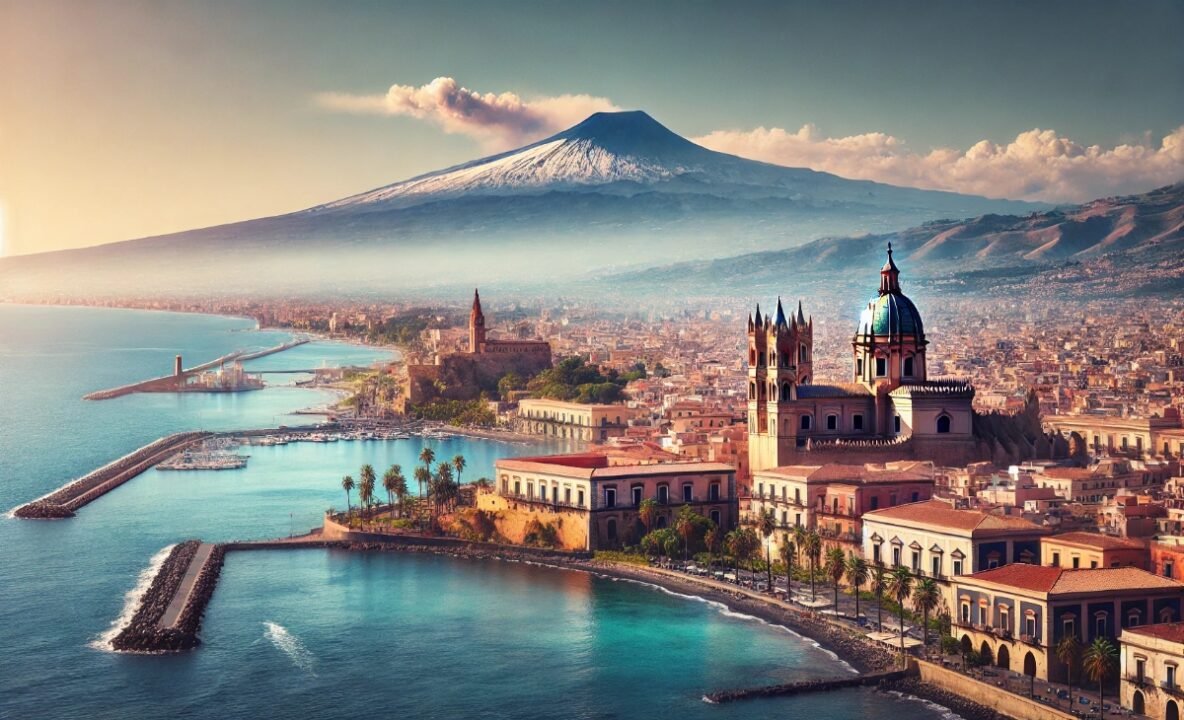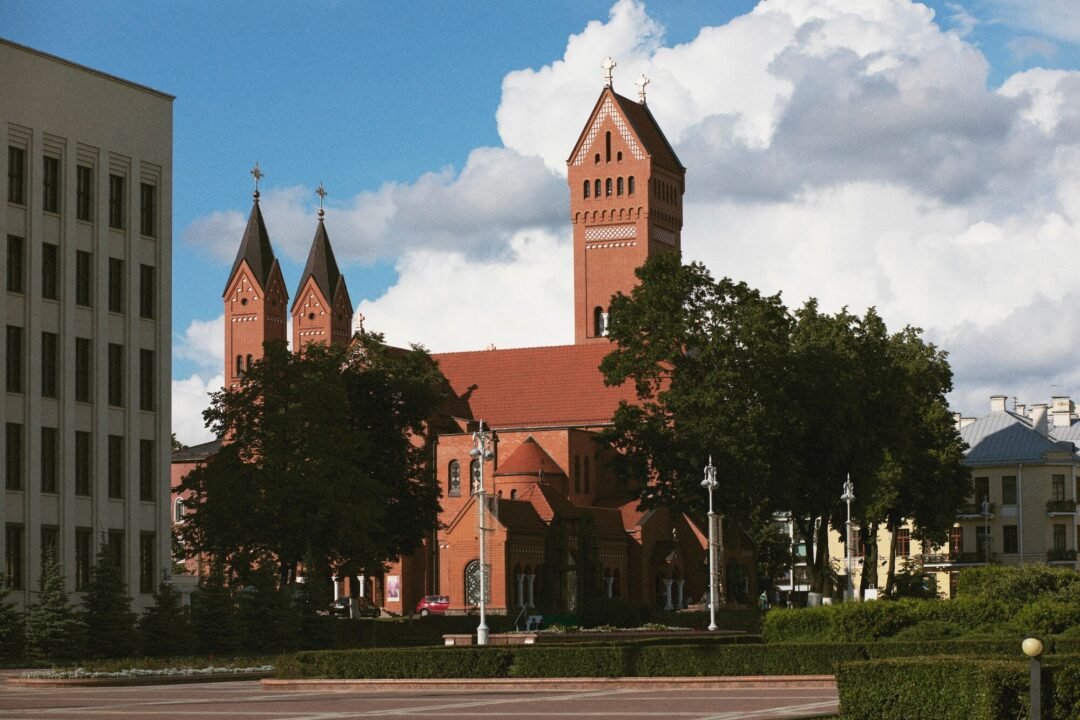Sancerre wine is a celebrated gem of French winemaking, renowned for its crisp flavors and strong connection to the picturesque Loire Valley. Whether you’re a wine connoisseur or a curious novice, exploring the unique qualities of Sancerre wine can be both educational and delicious. Its distinct taste, rich history, and remarkable versatility have cemented its reputation among wine lovers around the globe.
The Origins of Sancerre Wine
The story of Sancerre wine begins in the Loire Valley, a renowned wine region in France. Located in central France, Sancerre benefits from a unique terroir that shapes the wine’s signature flavor. The soil, a mix of limestone, clay, and flint, imparts a minerality that defines Sancerre wine. Additionally, the cool climate of the Loire Valley ensures that the grapes retain their acidity, giving the wine its refreshing character.
You May Also Like: Prosecco: A Complete Guide to Italy’s Sparkling Wine
What Makes Sancerre Wine Unique?
Sancerre wine stands out for its crispness and complexity. Made primarily from Sauvignon Blanc grapes, the wine exhibits vibrant notes of citrus, green apple, and a hint of grassiness. Some Sancerre wines even have subtle smoky undertones, thanks to the flinty soils in which the vines grow. Its well-balanced acidity makes it an ideal choice for pairing with a variety of dishes, from seafood to creamy cheeses.
The Types of Sancerre Wine
Though best known for its white wines, Sancerre also produces excellent rosé and red wines.
- Sancerre Blanc: Crafted entirely from Sauvignon Blanc grapes, this wine is known for its bright, zesty flavors.
- Sancerre Rosé: Made from Pinot Noir grapes, the rosé offers a delicate balance of fruitiness and acidity.
- Sancerre Rouge: Also made from Pinot Noir, this red wine is light-bodied and elegant, with flavors of cherry and spice.
How Sancerre Wine is Made
The production of Sancerre wine follows time-honored methods combined with modern techniques. Grapes are carefully harvested to ensure quality and then fermented in stainless steel tanks or oak barrels. This process preserves the wine’s fresh and fruity characteristics while enhancing its complexity.
Pairing Sancerre Wine with Food
Sancerre wine’s versatility makes it a fantastic companion to a wide range of dishes. Some classic pairings include:
- Seafood: The crisp acidity of Sancerre Blanc complements oysters, shrimp, and grilled fish beautifully.
- Goat Cheese: Sancerre’s mineral notes enhance the creamy texture and tangy flavor of goat cheese, particularly Crottin de Chavignol, a local specialty.
- Salads and Vegetables: The wine’s citrusy flavors pair well with fresh greens, asparagus, and light vinaigrettes.
Exploring the History of Sancerre Wine
The roots of Sancerre wine stretch back to ancient times. Viticulture in the Loire Valley began with the Romans, and over the centuries, the region’s wines gained recognition for their quality. Sancerre gained fame in the 20th century as a benchmark for Sauvignon Blanc, cementing its place on the global wine stage.
The Role of Terroir in Sancerre Wine
The term “terroir” refers to the environmental factors that influence a wine’s character, including soil, climate, and topography. Sancerre’s terroir is one of its greatest assets, with its mix of limestone and flint giving the wine a unique mineral quality. This aspect of the wine not only enhances its taste but also distinguishes it from other Sauvignon Blancs produced worldwide.
Sancerre Wine and Sustainability
In recent years, many producers in Sancerre have embraced sustainable practices. Organic and biodynamic farming methods are increasingly popular, ensuring that the region’s vineyards thrive for generations to come. These practices not only benefit the environment but also enhance the purity and quality of the wine.
How to Serve Sancerre Wine
To fully appreciate Sancerre wine, serving it at the right temperature is essential. White and rosé Sancerre should be chilled to around 45-50°F (7-10°C), while red Sancerre is best served slightly cooler than room temperature, at around 55°F (13°C). Using appropriate glassware, such as a standard white wine glass, will also enhance the wine’s aromas and flavors.
Sancerre Wine Around the World
Although Sancerre is deeply rooted in the Loire Valley, its reputation extends far beyond France. Wine enthusiasts around the globe prize it for its distinctive characteristics. In countries like the United States and the United Kingdom, Sancerre is a staple on wine lists and is often regarded as a mark of sophistication.
Tips for Buying Sancerre Wine
When purchasing Sancerre wine, consider the vintage and producer. While most Sancerre wines are meant to be enjoyed young, some vintages age beautifully. Exploring wines from small, family-owned vineyards can also lead to delightful discoveries.
Storing Sancerre Wine
Proper storage is crucial for maintaining the quality of Sancerre wine. Store bottles in a cool, dark place with consistent temperature and humidity. For long-term storage, a wine cellar or dedicated wine fridge is ideal.
Why Sancerre Wine is Perfect for Special Occasions
Sancerre wine’s elegance and versatility make it a popular choice for celebrations. Its refreshing flavors can complement a wide variety of dishes, making it a hit at dinner parties and weddings. Moreover, its prestige as a French classic adds a touch of sophistication to any gathering.
Sancerre Wine Tasting Tips
To truly appreciate Sancerre wine, follow these simple tasting steps:
- Observe the Appearance: Note the wine’s color and clarity.
- Swirl and Sniff: Swirl the wine in your glass to release its aromas, then take a deep breath to identify its scents.
- Sip and Savor: Take a small sip, letting the wine coat your palate. Pay attention to its flavors and finish.
Sancerre Wine in Popular Culture
Sancerre wine has often been featured in literature and media as a symbol of elegance and refinement. Its association with French culture and cuisine adds to its allure, making it a favorite among discerning audiences.
Frequently Asked Questions
What is Sancerre wine?
Sancerre wine is a type of French wine primarily made from Sauvignon Blanc grapes, originating from the Sancerre region in the Loire Valley. It is known for its crisp, mineral-rich flavors and vibrant acidity.
What is a Sancerre wine?
A Sancerre wine refers specifically to wines produced in the Sancerre region of France. These wines are typically white but can also include rosé and red varieties, all crafted with unique flavors shaped by the local terroir.
What type of wine is Sancerre?
Sancerre is most commonly a white wine made from Sauvignon Blanc grapes. It is renowned for its citrusy, herbaceous notes and refreshing acidity. Rosé and red Sancerre wines, made from Pinot Noir grapes, are also produced in smaller quantities.
Where is Sancerre wine from?
Sancerre wine is from the Sancerre region in the Loire Valley of France. This area’s unique climate, soil composition, and winemaking traditions contribute to the distinct characteristics of Sancerre wine.
What kind of wine is Sancerre?
Sancerre is a dry, crisp wine that is most often white, though rosé and red varieties are also available. It is characterized by its bright flavors, mineral notes, and remarkable versatility, making it a favorite among wine enthusiasts worldwide.
Conclusion
Sancerre wine is a timeless classic that embodies the elegance and craftsmanship of French winemaking. Its crisp flavors, rich history, and versatility make it a must-try for anyone interested in exploring the world of wine. Whether enjoyed with a gourmet meal or savored on its own, Sancerre wine promises an experience that is both memorable and delightful.





